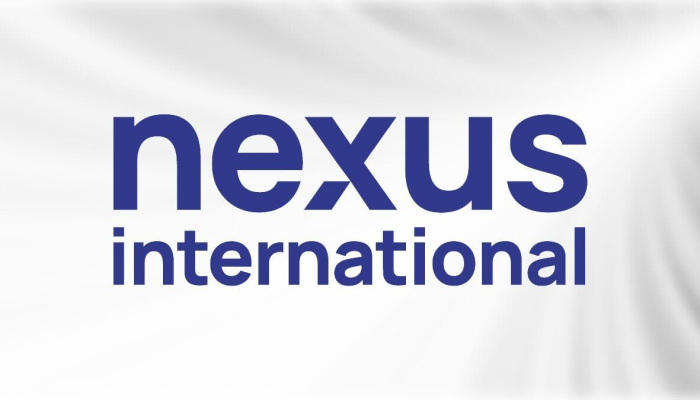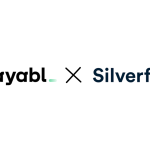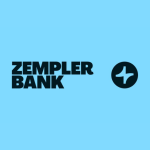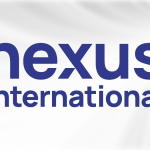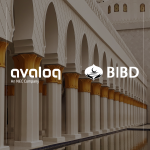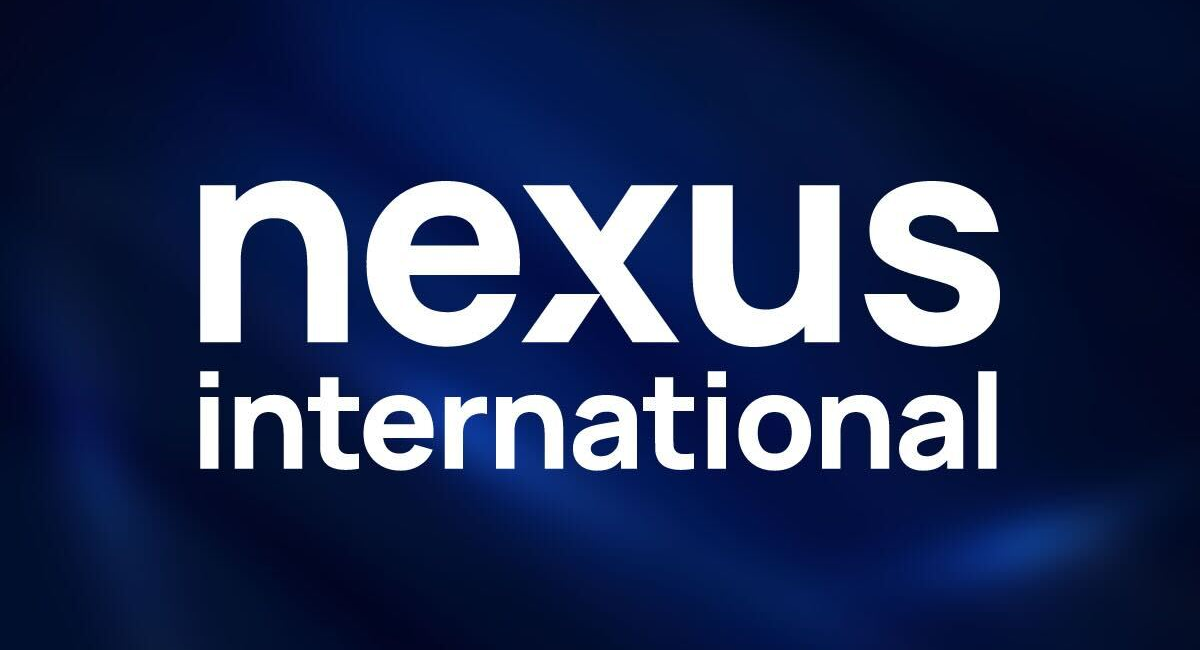
Assessing the $1.45B Target – A Mid-Year Reality Check on Nexus International’s Revenue Goal
Nexus International, the privately held company behind platforms such as Megaposta, Spartans, and Lanistar, reported $546 million in revenue for the first half of 2025. The figure represents a 110% year-on-year increase from H1 2024, which closed at approximately $260 million. However, it also raises questions about the feasibility of the company’s full-year revenue goal: a publicly stated target of $1.45 billion by December 2025.
The company, led by founder and CEO Gurhan Kiziloz, has remained entirely self-funded since inception. In a recent series of interviews, Kiziloz emphasized that independence from investors allows the company to operate at its own speed, without interference. “If something makes sense, we go,” he said, describing a decision-making framework that values immediacy over consensus.
Still, the financial challenge ahead is steep. To reach the $1.45 billion target, Nexus would need to generate roughly $904 million in the second half of 2025, approximately 65% of the total in just two quarters. That would require a sustained and even accelerated growth curve over Q3 and Q4. While the company has demonstrated strong momentum in its existing markets, the math invites a closer look at what would need to happen for the goal to remain viable.
Nexus’s portfolio currently spans three primary brands. Megaposta remains the dominant revenue contributor, particularly in Brazil where it surpassed $400 million in 2024. Spartans, a crypto-first casino and sportsbook, and Lanistar, a financial service platform, are newer additions. Both are still ramping up in terms of market presence and monetization.
The company has not released revenue breakdowns by brand, making it difficult to assess the individual contribution of each business line. However, signals such as licensing approvals, regional market entries, and hiring activity suggest that Spartans and Lanistar are being positioned for aggressive growth in H2 2025.
Rather than pursue high-profile campaigns or speculative rollouts, Nexus tends to build in layers: regulatory compliance first, infrastructure second, and customer acquisition last. This approach has been a consistent pattern in its Brazil operations and appears to be replicated across new geographies. The strategy prioritizes operational stability, which may slow short-term growth but helps mitigate regulatory and reputational risk.
If H2 revenue is to reach the required threshold, Nexus would likely need both geographic expansion and an increase in average revenue per user across its platforms. Without outside capital, funding such growth depends entirely on cash flow and reinvestment, a structure Kiziloz has publicly defended. “I’m too proud to borrow money,” he noted. “If I can build it myself, I will.”
One of the variables in play is how much pressure the company feels to hit the $1.45 billion figure. With no public shareholders, board of directors, or external investors, the decision-making process remains centralized. “No one talks negatively in my ear,” Kiziloz said, referring to the lack of external interference. That freedom, however, comes with full accountability. If the target is missed, there’s no one else to share the responsibility.
Whether Nexus ultimately hits or misses the year-end goal, the current results are difficult to dismiss. A $546 million half-year performance places the company firmly ahead of its 2024 pace and suggests it is trending toward a substantial year-end figure, even if it falls short of the original projection.
Beyond this year’s revenue numbers, a more pressing question may be how repeatable the growth is across 2026 and beyond. The model Nexus has built, self-funded, brand-driven, and regulatory-first, relies on discipline and long-term thinking. Its ability to generate over half a billion dollars in six months without raising capital signals operational efficiency and strong market fit. But questions remain around scalability, especially if growth plateaus without fresh capital infusion.
Kiziloz appears unconcerned by external benchmarks. “If it fails, I start again. It’s that simple,” he said in reference to pressure and accountability. His approach to leadership places conviction above consensus, allowing for speed but also concentrating decision-making in one place.
With nearly 38% of its target already achieved, Nexus International is not off-track, but the gap is significant. Even with consistent second-half performance, hitting $1.45 billion would require unprecedented acceleration. That said, the company’s path doesn’t necessarily depend on meeting that milestone. Its trajectory, fueled by triple-digit growth and multi-brand expansion, continues to trend upward.
In business terms, the revenue target may be ambitious by design. Whether it is met or not, the signal to the market is that Nexus International is operating on its own terms, with a founder at the helm who sees speed, control, and independence as non-negotiable values.

